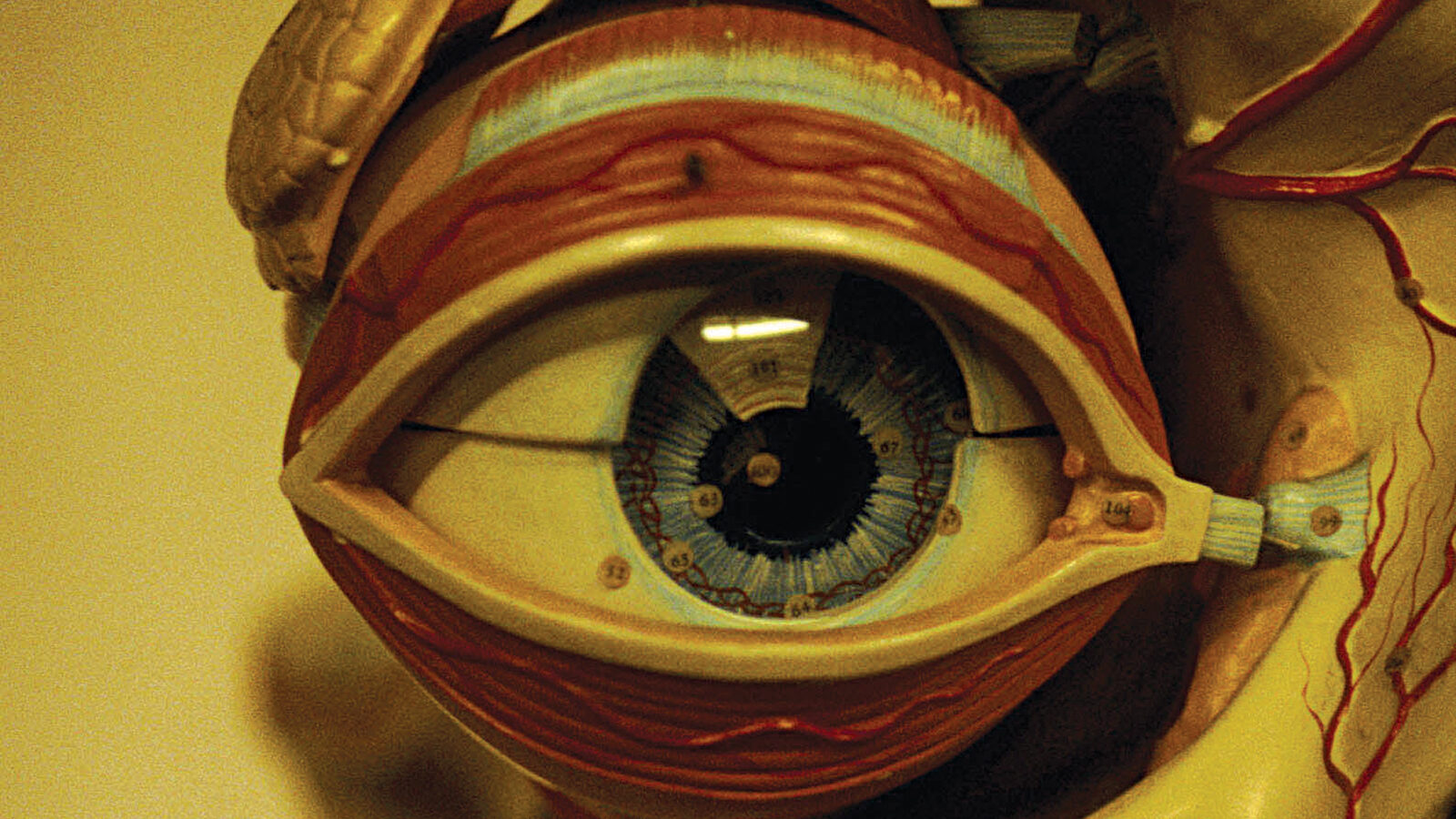
Solid Metal Nightmares: The Films of Shinya Tsukamoto
Perpetually out of step, Shinya Tsukamoto goes where his gut leads him, handcrafting freaked-out sci-fi nightmares from 8mm, 16mm, 35mm, digital video, stop-motion, aggro sound design, and funky optical effects. The resulting filmography (shown in part in Arrow’s new set) is littered with movies that disappear up their own rear ends, but also a few masterpieces.

Most famous for body-horror nightmare Tetsuo: The Iron Man (1989), which plays like a tortured scream about a salaryman whose body sprouts metal tumors and a penis drill, Tsukamoto also made a less jittery, but equally berserk sequel in 1992, gonzo-fying the plot and upping the production values of the original. More upsetting and literal, but also less interesting, Tokyo Fist (1995) took all that bruised and bleeding flesh, impotence anxiety, and metal-on-muscle eroticism and shackled it to a love triangle set in the boxing world. Later films like the cynical and nasty Killing (2018) are harder to parse, but when Tsukamoto marries his single-minded style and his patented intensity, the results are riveting—as in Bullet Ballet (1998), about characters who pursue grief counseling via black-market handgun dealing. Tenderness brings out the best in Tsukamoto: Vital (2004), about a medical student who is accidentally assigned his girlfriend’s corpse in a human anatomy dissection lab, and A Snake of June (2002) about a woman sexually blackmailed by an unseen caller, turn nightmare scenarios into explorations (and exploitations) of sheer physical sensuality. There are few filmmakers today who think longer and harder about every shot and edit, and Tsukamoto’s desire to reinvent the wheel with each new movie can simultaneously exasperate and exhilarate, but who else could deliver a first film as tactile and thrilling as The Adventure of Denchu-Kozo (1987), a fast-forward sci-fi romp about a boy with a power pylon growing out of his back who fights cyborg vampires?







